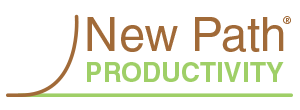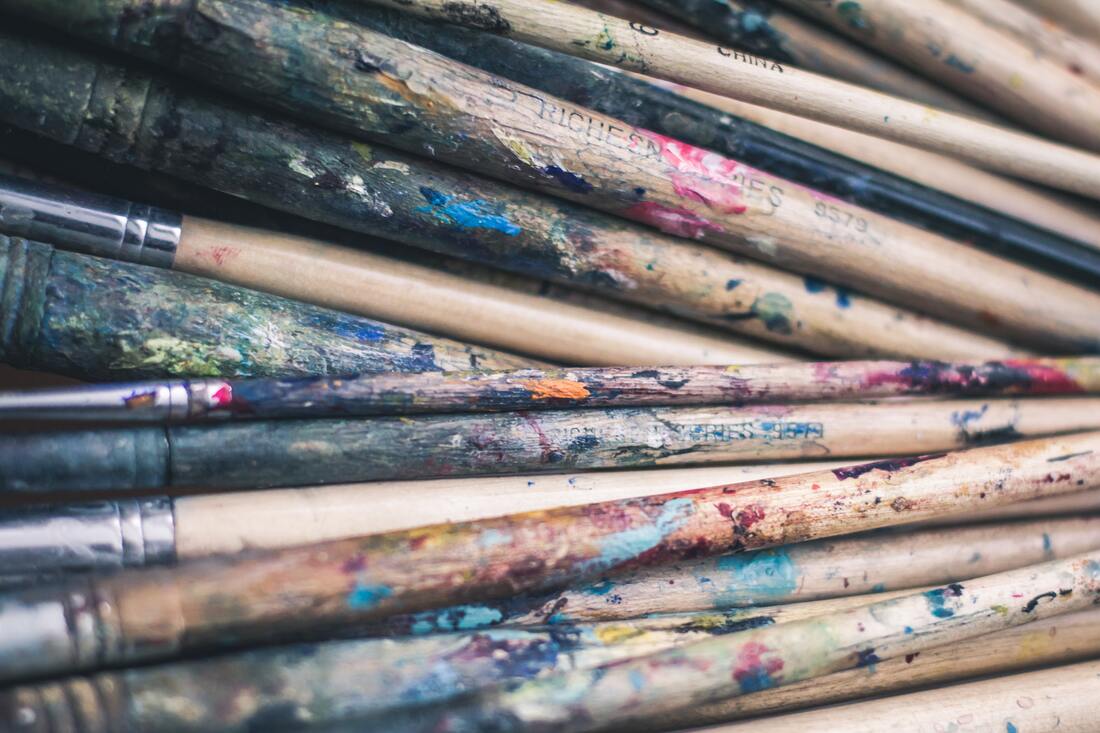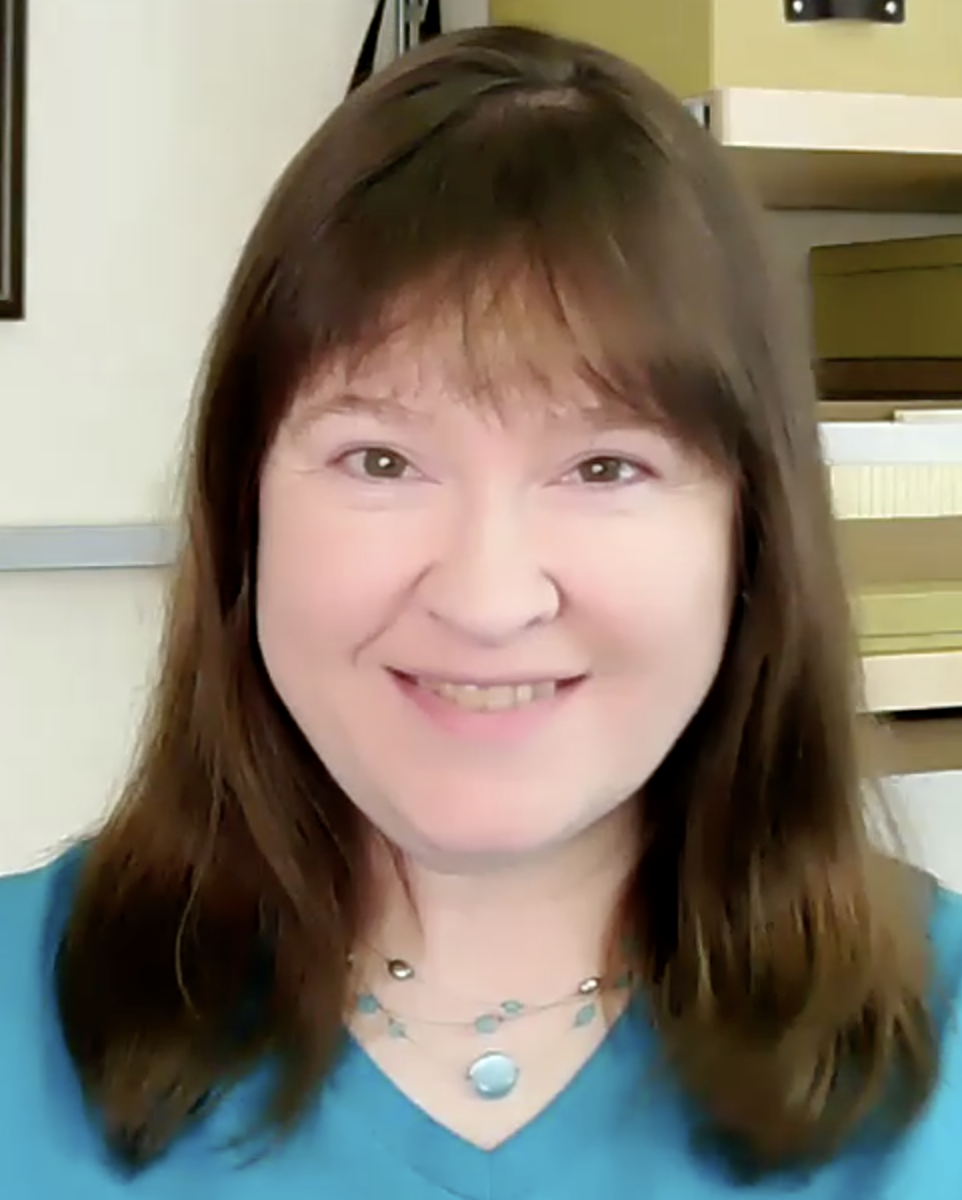|
[2.5 Minute Read or Listen Below]
Every year, on the last weekend of August, one of the largest art festivals in the US comes to my city. After the surrounding streets are blocked, I love watching the artists set up their booths.
I've always enjoyed the sneak peek of the artists' creations, but I just realized I also love observing the systems and processes the artists use as they unpack and build their displays.
It's easy to spot the artists who have given this thought and have a plan. They know the steps they need to take, in a particular order, to execute their task in the most efficient way possible. These artists pack their cars, vans, and trailers intentionally to ensure the items they need first are readily available when they arrive onsite. Generally speaking, those items are the poles and framework of their booth, the tools to put the framework together, and finally, the covering. Nothing else can happen until the structure is in place. The remaining items peel out in the order they're needed, e.g., display cases and cubes, hooks, and last but not least, the art itself. My husband and I put similar thought into how we pack our car for camping. The last items loaded are the tent and its associated parts, making us a well-oiled machine at campsite setup. The first order of business is to set up the tent, and we put that up together to help it go more quickly. Once the tent is up, we toss in sleeping bags, foam pads, and our clothes. While he unloads our fire tools and builds the campfire, I set up the inside of the tent. By the time I finish that, he has a lovely fire going, and we begin preparing dinner and enjoying our evening. We've set up a campsite in as little as 20 minutes. Daily productivity can flow just as smoothly. But precision does not come without planning. When you put thought into your workflow and set up processes and systems to support your way of working, you can experience the same effortless flow as the artists at the festival or the setup of my husband's and my campsite. So, how do you do it? Stop for a second, and think about what needs to happen. What steps need to be taken, in what order? You can do this exercise as a brainstorming session at first. Get all your thoughts out, and then organize them chronologically. We often spend so much of our day pulled from one task to the next by sheer force, we don't make time to stop and think with intention. Consider your tools. These can be either physical items or computer-based tools. What purpose does each serve? How do they help you accomplish your work? Decisions like, "Where should I put this?" often paralyze us and lead to no decision at all. Most of us have experienced a cluttered desktop, whether physical or on our computer. As Barbara Hemphill says, Clutter is Postponed Decisions®. Our desktops become cluttered when we haven't decided where to put the information. When we have a clear understanding of how our tools serve us, decisions are easier to make. I also find those concerned about items being "out of sight, out of mind" often benefit from guidance defining their tools and establishing routines to check those tools regularly. When you clearly understand what needs to happen and how your tools support your processes, you can experience more effortless execution. Every item and action should have a purpose. When pared down to the essentials, decision-making and retrieval become more streamlined and efficient. When you allow time for intention on the front end, you save execution time in the long run. If you’re looking for help to build intention into your productivity, start by filling out a productive environment scorecard at newpathpro.com/scorecard.
0 Comments
Your comment will be posted after it is approved.
Leave a Reply. |
Kathy Muzik
|
New Path Productivity®, LLC provides worldwide virtual and Chicagoland onsite services for individuals and businesses to increase productivity
through organization and management of resources (e.g., energy, information, people, processes, space, and time).
through organization and management of resources (e.g., energy, information, people, processes, space, and time).
|
|
Phone847.748.0144
|
AddressPO Box 162
Highland Park, IL 60035 |
Privacy Policy Terms of Use
New Path Productivity®, LLC © 2015 - 2024 All Rights Reserved
New Path Productivity®, LLC © 2015 - 2024 All Rights Reserved



 RSS Feed
RSS Feed
